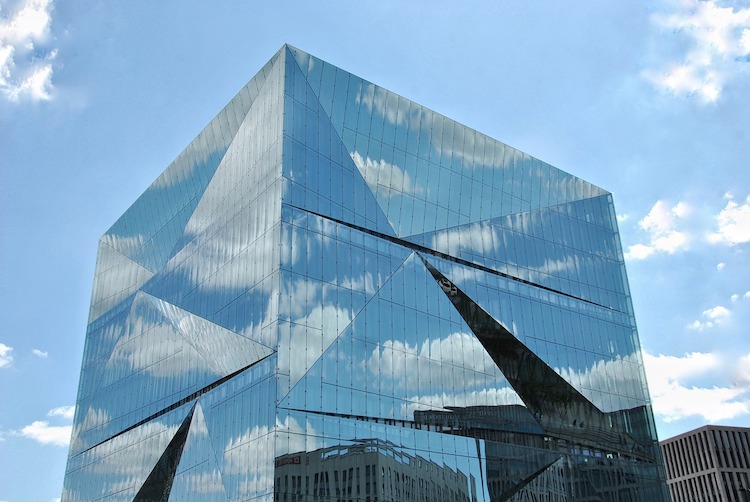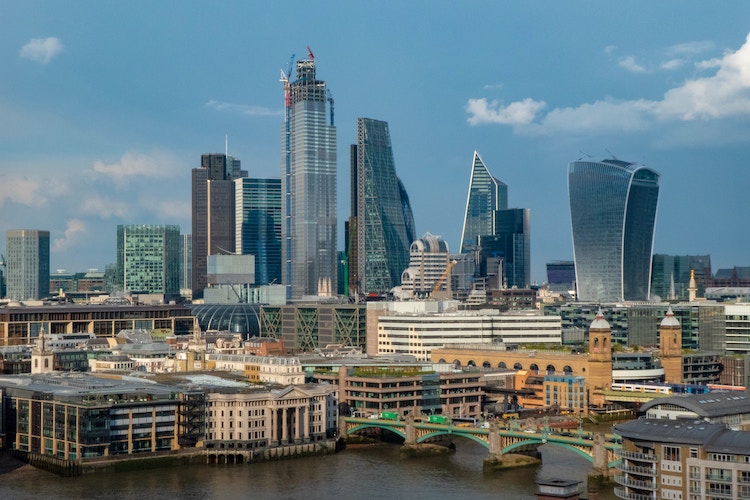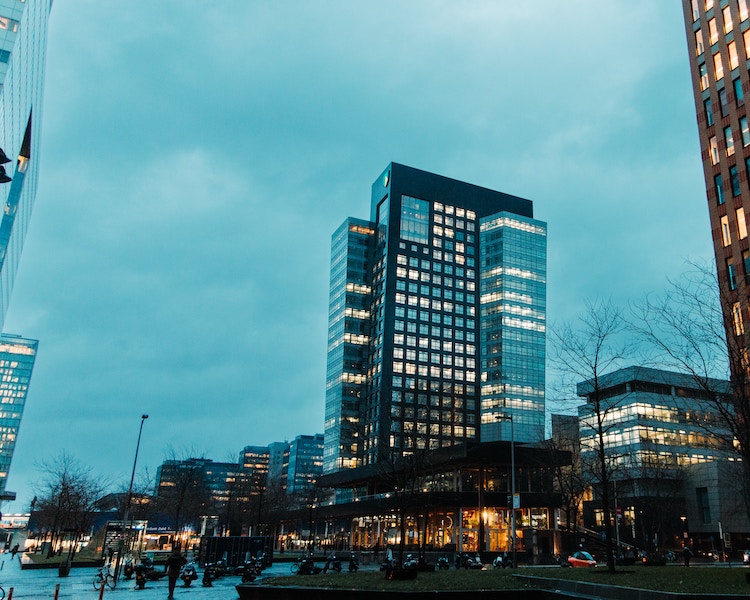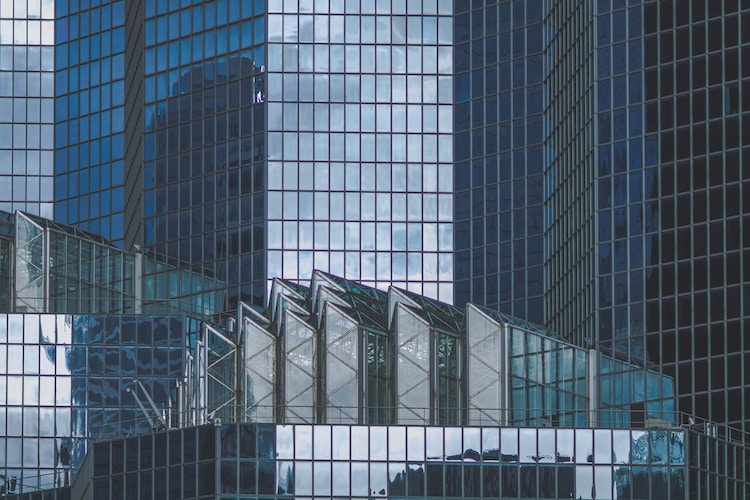
As the world grapples with the challenges of climate change and environmental sustainability, the need for green commercial property has gained significant attention. In Europe, where the drive towards a greener future is strong, the commercial real estate sector is playing a crucial role in driving sustainable development. This Consorto.com blog post aims to explore the growing trend of green commercial property in Europe and highlight its benefits for investors, tenants, and the environment.
The Cube in Berlin has been described as Europe’s smartest multi-tenanted offices- and one of the most impactful. The broken cube design has a glass exterior that reflects the sun and its double skin façade uses solar-controlled glass to help maintain a steady internal temperature, keeping the heat out in summer and during winter.
The rise of green commercial property
Europe has been at the forefront of sustainable development initiatives, and the commercial real estate sector is no exception. Green commercial property refers to buildings that are designed, constructed, and operated with a focus on reducing their environmental impact. These properties incorporate energy-efficient technologies, utilize renewable energy sources, promote resource conservation, and enhance indoor environmental quality.
Benefits for investors
Investing in green commercial property offers numerous benefits for investors. Firstly, it enhances long-term value and marketability. Green buildings are in high demand, attracting environmentally conscious tenants who prioritize sustainable practices. This leads to increased occupancy rates and rental premiums, ultimately generating higher returns on investment.
Moreover, green commercial properties often benefit from government incentives, such as tax credits and grants, which further enhance their financial attractiveness. Additionally, as regulations on energy efficiency and carbon emissions become stricter, owning green buildings reduces the risk of obsolescence and potential penalties associated with non-compliance.
Advantages for tenants
Tenants are increasingly seeking environmentally responsible office spaces that align with their sustainability goals. Green commercial properties provide a healthier and more productive working environment, promoting employee well-being and satisfaction. These buildings often incorporate features like ample natural light, proper ventilation systems, and green spaces, which have been proven to enhance productivity and reduce absenteeism.
Furthermore, operating costs can be significantly lower in green buildings due to reduced energy and water consumption. This cost-saving can translate into lower operational expenses for tenants, contributing to their overall business efficiency.
Environmental impact of green commercial property
One of the most significant benefits of green commercial property is its positive impact on the environment. Energy-efficient buildings reduce carbon emissions and help mitigate climate change. The adoption of renewable energy sources, such as solar panels or geothermal systems, reduces reliance on fossil fuels and decreases the overall carbon footprint of the property.
Green buildings also contribute to resource conservation. Water-saving fixtures, rainwater harvesting systems, and efficient waste management practices minimize water consumption and waste generation. Additionally, sustainable construction materials and practices reduce the depletion of natural resources.
European initiatives and certification
The European Union has been proactive in promoting sustainable development and green building practices. Initiatives such as the EU Green Deal and the Energy Performance of Buildings Directive (EPBD) have set ambitious targets for improving the energy efficiency and environmental performance of buildings across the continent.
The BREEAM (Building Research Establishment Environmental Assessment Method) certification system and also LEED (Leadership in Energy and Environmental Design) are widely recognised in Europe. They provide a benchmark for evaluating and certifying the sustainability of commercial properties.
The rise of green commercial property in Europe reflects a collective effort to address climate change, enhance energy efficiency, and promote sustainable practices. Investors benefit from increased value and marketability, while tenants enjoy healthier working environments and reduced operational costs. Most importantly, these buildings play a vital role in mitigating environmental impact, conserving resources, and shaping a greener future for generations to come. As the demand for sustainable commercial spaces continues to grow, the opportunities for investment and positive change in Europe’s commercial real estate market are limitless.


